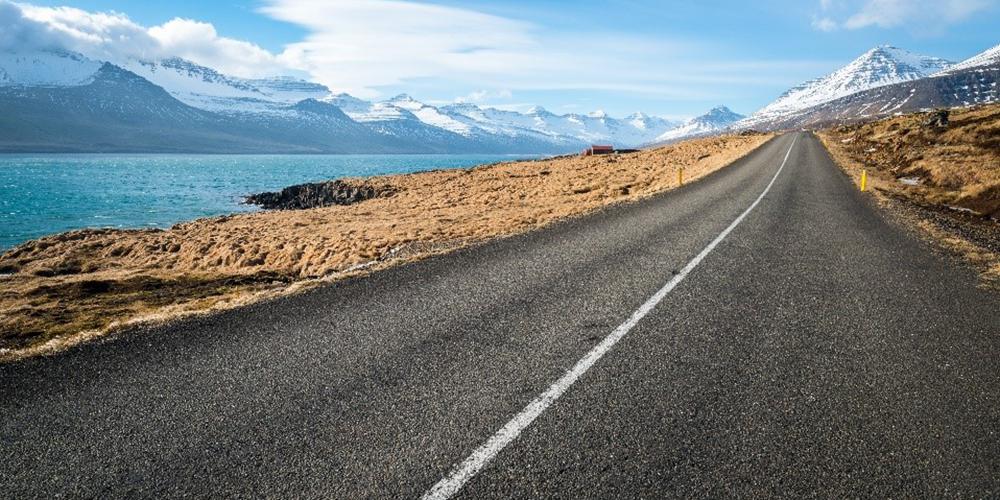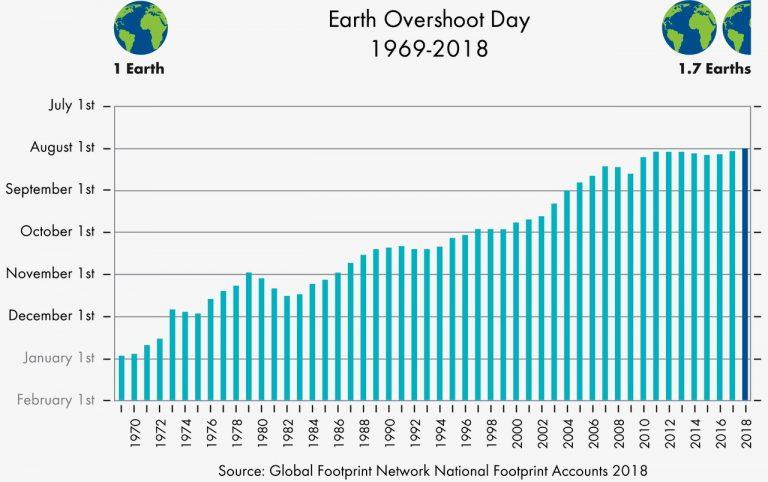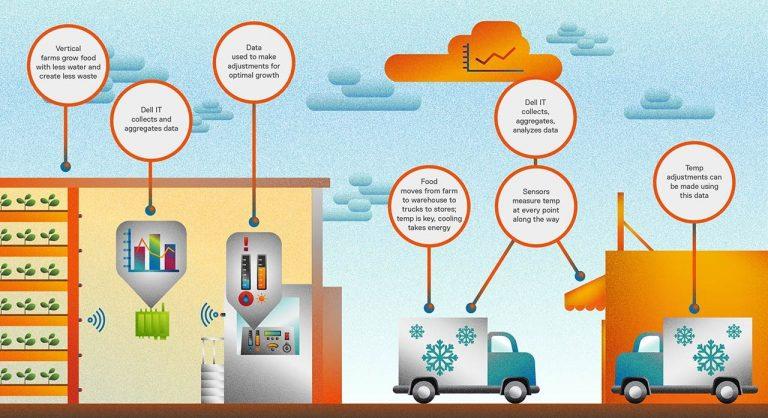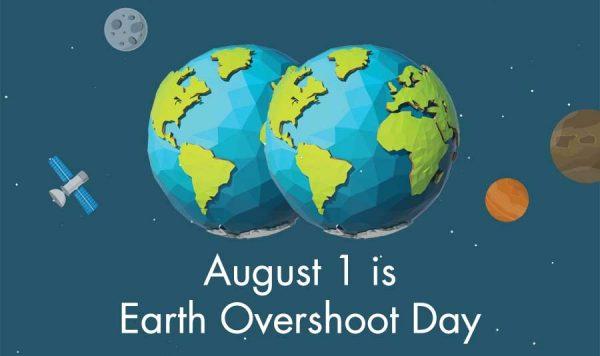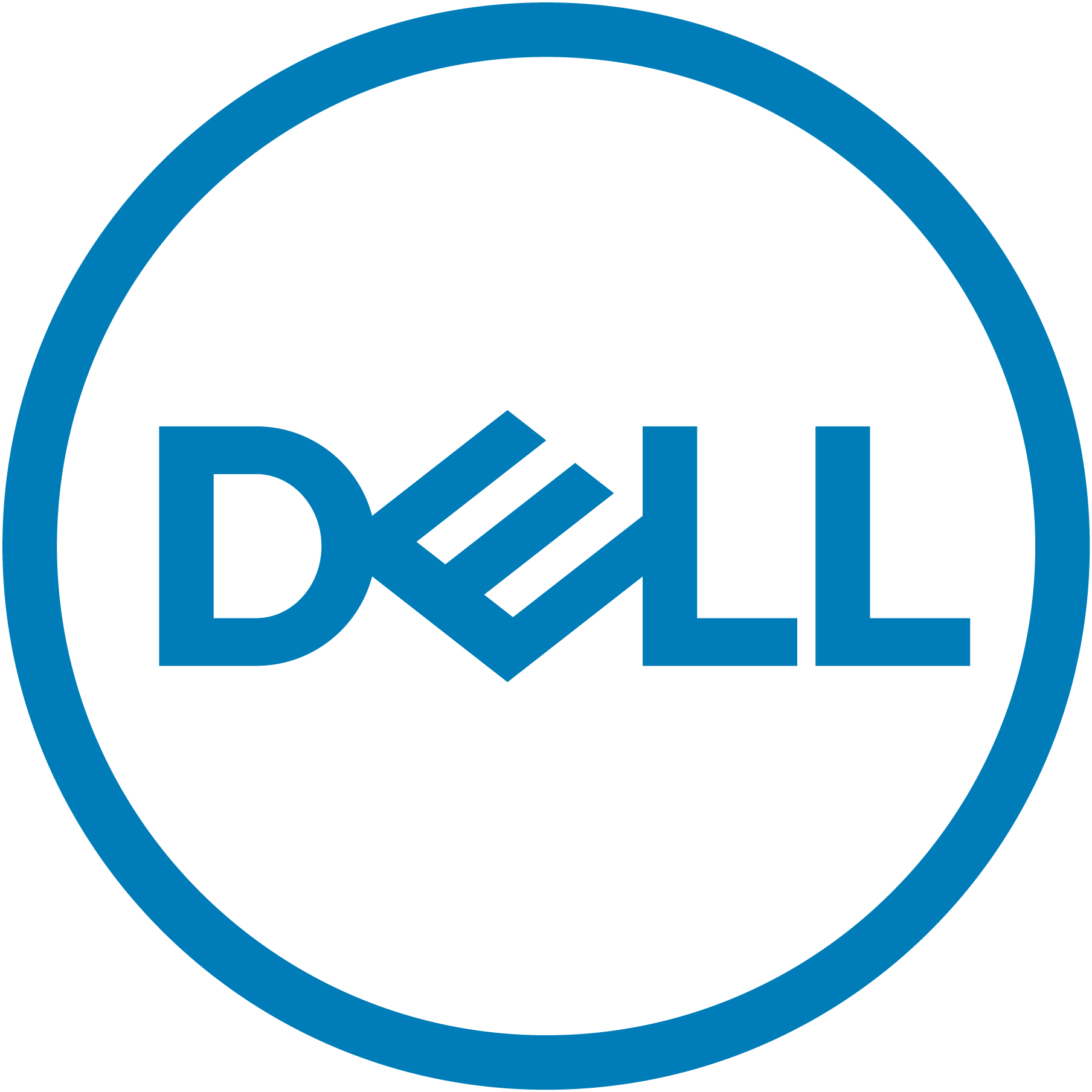Dell Looks at Earth Overshoot Day
by Stephen Roberts, Sustainability Strategist
Originally published on Direct2Dell
Every two weeks I get a paycheck (thanks, Michael!). Money comes in, and money goes out. Some goes to savings/retirement, and the rest is what I live off of today. Sometimes I need to use credit to pay for a big purchase, and then I wind up paying it back each month. I’m guessing you’re familiar with this drill.
If I spend more than I bring in every month, eventually I’m going to have a problem.
This coming Wednesday (August 1), humanity will hit Earth Overshoot Day – the day when we have used more resources than Planet Earth can regenerate. Every day from now until the end of the year, we are spending past our limit. Thankfully, the planet has a buffer (a natural bank account, if you will) to pay those bills. But we are carrying a balance, and that balance is getting bigger and bigger.
This is obviously worrisome. In fact, today we are using nature 1.7 times faster than ecosystems can regenerate. This is like using 1.7 earths. Last time I checked, we only have the one.
Earth Overshoot Day: finding the footprint
It wasn’t always this way. Up until the 1970s, we were living within our means. But industrialization, population growth, the effects of climate change and general “overspending” of our ecological capital started to catch up to us and we began running a deficit. The Global Footprint Network, a science-based organization dedicated to helping end ecological overshoot by incorporating sustainability into decision-making, developed a methodology for measuring all of this.
The formula is deceptively simple: divide the world’s bio-capacity (the amount of natural resources generated by Earth that year) by the world’s ecological footprint (humanity’s consumption of Earth’s natural resources for that year) and multiply by 365. Simple, right? It is, if someone hands you the numerator and denominator. Thankfully, The Global Footprint Network bases its calculations on data sets from the United Nations, with about 15,000 data points per country and year, paired with complementary data from other sources. So while the date is an estimate (Global Footprint Network believes it is within 10-20% of the true number), the collective year over year data tells the story. The later in the year the day occurs, the closer we are to balance.
This year, the date for the whole planet is August 1. It’s the earliest it has ever been.
At overshootday.org, they not only provide open data sets for researchers to further analyze the data, but they provide a handy Personal Footprint Calculator that can tell you what your own overshoot day would be.
Move the date
So where does that leave us? The good news is that the size of our global ecological footprint is not growing as fast as it used to. The bad news is that it’s still growing.
We’re already pushing up against and even past some planetary boundaries. We are well past 350 ppm of CO2 and the effects of climate change are already being felt in the form of increased extreme weather events, ocean warming and acidification, sea level rise, melting ice and changes to habitat. All of this affect the planet’s ability to regulate its natural systems and regenerate the resources we use. According to the group 350.org, global grain yields have declined by 10 percent due to heatwaves and floods connected to climate change. More examples will just depress you further.
If we want to restore balance, we need to move the date back 4.5 days per year, every year until 2050.
How does Dell fit into this?
Aside from the obvious fact that we’re all living on this same planet, issues of environmental sustainability and social responsibility are core to our very purpose as a company: to drive human progress. Enabling that progress, putting our technology and expertise to work where it can do the most good for people and the planet – that is how we build our legacy as a company.
We share more on how we’re building our legacy of good at http://legacyofgood.dell.com/.
Part of that legacy is our effort to enable net positive solutions. Huh-wha-now?
The term net positive might not be well known, but the concept is a logical one: putting more back into society, the environment and the global economy than we take out. Rather than being “less bad,” we strive to grow the good. We believe this approach will help us grow our brand, drive strong financial performance and attract the best talent.
While we aspire to be a net positive company, we believe the biggest impact we can have is creating the technology that enables a regenerative economy where our customers can also achieve net positive results and move Earth Overshoot Day back.
Solutions for a net positive economy
At the top of the list for us are the technologies that enable the circular economy. Dell has already seen success with our innovative sourcing of closed-loop materials recovered from e-waste, use of ocean-bound plastics to make packaging, and technologies like virtualization to reduce the physical footprint of the data center. But those are related to our footprint. The exciting examples are the ones where our customers apply technology to disrupt old industries and create regenerative or radically reduced-impact solutions.
Take, for example, the two examples of AeroFarms and IMS Evolve – two companies transforming the future of food production and delivery using innovative IoT technologies.
In the case of AeroFarms, their indoor vertical farming systems grow food with far fewer resources and less waste than conventional methods – a critical need if we are to continue to meet the population’s food needs while our climate wreaks havoc with food production. AeroFarms has achieved 390x greater productivity than field farming while using 95 percent less water by using IoT-enabled sensors to track plant statistics, including water consumption, nutrient density and readiness for harvest. Dell Edge Gateways aggregate and analyze the data and the system uses machine learning to optimize the growing environment.
Meanwhile, IMS Evolve is using IoT-technology to reduce waste and improve safety on the way to and in the supermarket. Their IoT-enabled management of the cold chain (the journey produce and other refrigerated goods take between farm and retailer) guards against temperature fluctuations, machinery failures or incorrect in-store refrigeration. Their solution, built on Dell edge Gateways, currently manages more than 6.6 billion data points per day across 12 countries. Their software contextualizes this data against existing systems and brings a new level of visibility over operations and the environment to ensure proper temperature controls. Their customers have seen a 49 percent reduction in loss of refrigerated stock, a 30 percent reduction in customer complaints and $7 million in annual energy savings across a single application.
These are just two examples of how technology can be applied. The circular economy will rely heavily on data collection, analysis and integration with other systems. We are at the beginning of this digital transformation, but we need to accelerate it with an eye toward generating net positive solutions if we are going to roll back Earth Overshoot Day.
So what can you do?
Start by checking your own footprint at Global Footprint Network’s calculator. It will help you understand where your footprint may be out of whack, breaking your consumption down into categories like food, shelter, mobility, goods and services. Use this knowledge to adjust how you approach future decisions.
Since a large portion of our global overshoot is related to carbon emissions, switching to renewables and reducing energy consumption should be at the top of your list. Dell recently joined the Renewable Energy Buyers Alliance and have reduced our absolute Scopes 1 and 2 emissions by 29 percent since 2012. We’ve also reduced the energy intensity of our product portfolio by 60 percent since 2011, which helps our customers reduce their IT-related energy demands.
For customers looking for regenerative options, Dell also offers the Plant-a-Tree program. Customers in the U.S. can donate to The Conservation Fund with their purchase to help plant trees and restore habitats – both ways to cut carbon while benefitting the ecosystem as a whole. Visit Plant a Tree or talk to your account representative if you are interested.
The other thing you can do is help to spread awareness. It doesn’t take a genius to figure out that we’re taxing our planet in some pretty significant ways. But when I heard we were using 1.7x the Earth’s total biocapacity each year, it was a bit of a wakeup call. I’m hoping it was for you, too. So tell someone else and together we can move the date.
You can read more about Earth Overshoot Day and the Global Footprint Network at overshootday.org.
This story shares one example of how Dell is committed to driving human progress by putting our technology and expertise to work where it can do the most good for people and the planet. More at legacyofgood.dell.com.

